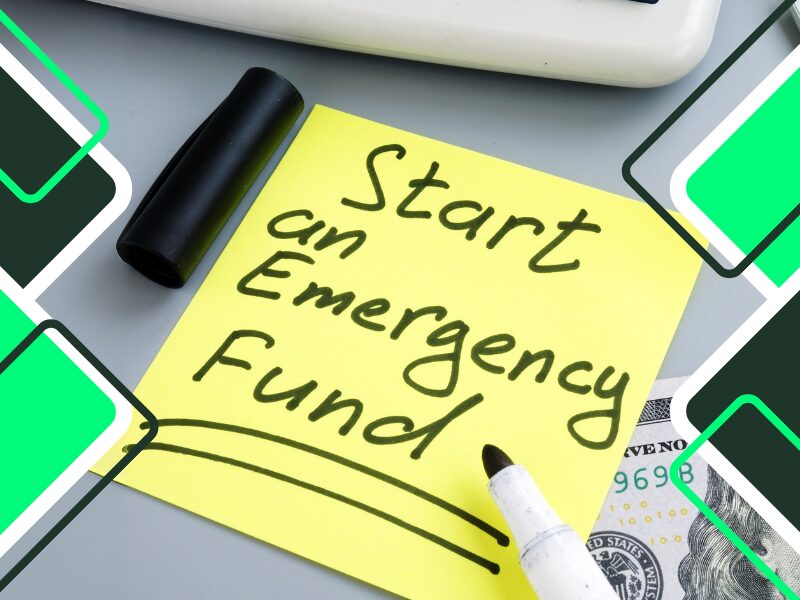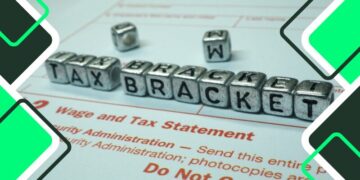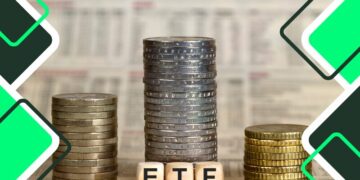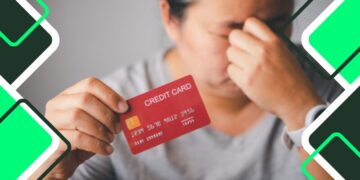Emergency Fund: How to Start and What to Do

Looking for ways to start an emergency fund? In this article, we aim to help you understand the main steps you need to take to avoid getting overwhelmed with numbers when something goes wrong.
There are many reasons why someone might need an emergency fund. As the name suggests, emergencies never happen when we’re ready. It’s always when we least expect it that our cars or homes need repairs, a family member loses their job, or a health issue suddenly arises — often bringing an unexpected medical bill.
These are just some of the situations that can happen to anyone, which is why it’s so important to prepare for moments like these. That’s when an emergency fund becomes truly helpful — giving you something to fall back on when you need it most.
Starting an emergency fund
When it comes to an emergency fund, the first thing you probably think about is how much you should save. The truth is that it all depends on your financial circumstances. We know it’s almost impossible for someone to create an emergency fund on the spot — we all need time to save money, and sometimes we can’t set aside large amounts each month.
If you need to start slowly, try setting smaller goals. For example, you could begin with $500 and gradually increase the amount over the next few months. You can always adjust the target based on your income and personal circumstances — the important thing is to start with the goal of saving at least three months’ worth of expenses. The ideal target is six months.
Here’s a simple guide to help you take the first steps:
- Calculate your essential expenses — all the bills, groceries, fuel, and other necessities you have each month. Only include what’s essential, so leave out non-essentials like dining out, streaming subscriptions, and similar extras.
- Compare your income and expenses. By knowing how much you spend versus how much you earn, you’ll be able to see what’s left over. This leftover amount is what you can work with to determine how much you’re able to save each month. Be realistic with the numbers.
- Adjust and increase gradually. As time goes by and your financial situation improves, consider increasing the amount you save.
- Stay disciplined. You’re building an emergency fund, so don’t use it for impulse buys or momentary happiness. Always remind yourself of your goal.
- Keep your savings separate. It’s very important to keep this money in a separate account from your regular spending, so you’re less tempted to use it. You might also consider setting up automatic transfers to make saving easier.
- Be consistent. Building a savings habit can be extremely helpful. If you ever face a tough situation, your emergency fund will help you stay calm and avoid panic.
Besides that, there are certainly other things you can do to grow your emergency fund. Consider cutting unnecessary expenses, such as eating out every day or paying for unused subscriptions and services — and redirect that money into your emergency account. You can also boost your savings by selling items you no longer use or taking on freelance work to earn some extra income.
Automate savings
In order to reduce your temptations and to help you keep consistency while working towards your goal, you should consider automate savings. This simple act can help you build your habit and to keep regularity. That way, saving money will happen even when you are not looking, as the defined amount will automatically be deposited into your savings account without the need to make any other effort.
How do I know it is time to use my emergency fund?
Knowing when to use your emergency fund is just as important as building it. Since this money is meant to be your financial safety net, it should only be used in truly unexpected and necessary situations — not for everyday expenses or things you simply want but don’t need.
A good way to evaluate whether it’s the right time to dip into your emergency savings is to ask yourself three key questions: Is this expense unexpected? Is it urgent? And is it absolutely necessary? If the answer to all three is yes, then using your emergency fund may be appropriate.
For example, if you suddenly lose your job and need to cover rent or groceries while you search for a new opportunity, that is a valid reason. The same goes for unforeseen medical expenses, urgent home or car repairs that are essential for your daily life, or having to help a close family member in a real crisis.
On the other hand, if you’re thinking about using the fund for a sale opportunity, a vacation, or a new phone, that’s a sign to stop and reconsider — even if you feel emotionally pressured in the moment. It’s also important to remember that emergencies look different for everyone, so trust your judgment, but stay honest with yourself.
Another tip is to try to cover small unexpected costs using your regular budget or fun money category, and leave the emergency fund intact whenever possible. If you do end up using it, make a plan to rebuild it as soon as your financial situation stabilises. The goal is to keep this fund available for future emergencies, not to rely on it as a backup for poor planning.
Using your emergency fund responsibly can bring peace of mind during stressful times and help you avoid falling into debt. Think of it as a financial cushion that protects your long-term stability. So, if you’re facing a situation that truly threatens your well-being or financial security and you have no other reasonable option, then that’s exactly what the fund is there for — and using it is not a failure, it’s a smart move.
Final Tips
- Don’t be vague! Set the amount you want to save each month.
- Pay attention to inflation.
- Treat your emergency fund as something important and non-negotiable.
- Plan something realistic that you can actually accomplish.
- Focus on saving three to six months of your expenses.
- Redirect extra income, such as tax refunds or bonuses, to your emergency fund account.
By organizing yourself and keeping consistent in your savings plan, you can definitely achieve what you want. You just need to stay focused, realistic, and patient.
Build a strategy, find your purpose, always monitor your progress, and if you have the chance, increase your fixed amount. Don’t be afraid to start! It may be a little harder now, but once you turn it into a habit, it can truly become an effective way to help you reach your goals. Good luck on this journey!
Related content

Understanding tax brackets and how to minimise your tax burden

The Risks and Rewards of Investing in ETFs

10 Smart Investments for Young Australians in 2025

How to Take Advantage of Tax Benefits in Australia

Investing in the Australian Real Estate Market: What You Need to Know
